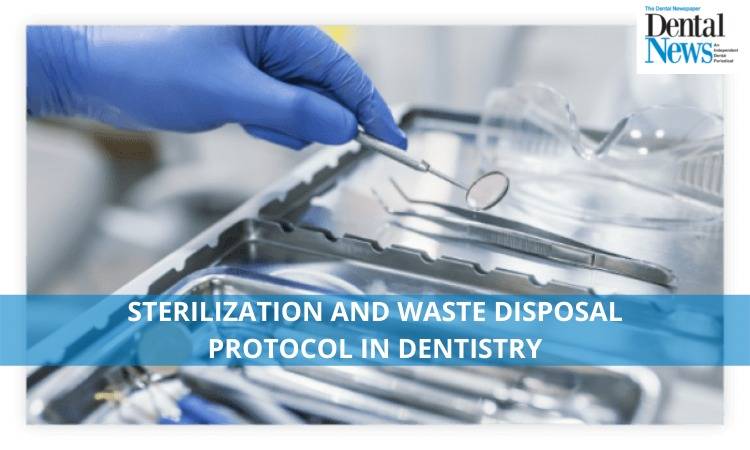
Management of waste and proper disposal of the used equipment is one of the most critical things in a clinical setting. Dental treatments, including fillings, root canals, extractions, implants, and simple routine checkups, accumulate medical waste products. Waste management is characterised by processing, recycling, and transporting the disposed waste material.
Clinical or biological waste includes wholly or partly human or animal tissue, bodily wastes, pharmaceutical products, syringes, needles, swabs, etc. Other common dental wastes include x-ray fixers and developers, as well as gypsum and mercury found in dental moulds and filling materials.
The proper disposal of waste material is arbitrary for infection control and cross-contamination as it poses a severe threat to dental staff and patients. The need for proper disposal routines is also crucial to protect the environment from the detrimental impact of hazardous materials.
To protect the individuals and safeguard the health of the health professionals, several protocols are set in place to guide the disposal of biological waste products.
1. Blood and Bodily Waste
Blood, excretions, tissue and other fluids can spread infections. Blood soaked cotton and gauze pieces must be packed in plastic bags to avoid leaking and dripping fluids. In cases when blood and fluid are extracted in a syringe, disposal is required with a copious amount of water down the sink, followed by disinfection.
2. Sharp Instruments
Sharp instruments can include blades, scalpels, cutters, suturing needles, and syringe needles. The sharp and fine needles can result in needle-stick injuries if not handled properly and can result in severe cross-contamination and transfer of infections. Such instruments must be packed and labelled in a leak and puncture-proof container. The dentist must ensure the accessibility of these boxes so they can dispose of the material directly in the box after the treatments.
3. Chemicals and Disinfectants
Disinfectants, chlorine, and halogenated compounds end up in landfills if not disposed of properly. Such sterilants must not be disposed of in the drains as they risk water contamination. Biomedical waste disposal companies must be contacted to follow the best practices to avoid any risk to the population.
4. Mercury and Amalgam Waste
Amalgam is a restorative material used widely in dental practices. Amalgam contains mercury which is a dangerous chemical with potential side effects if it comes in contact with the skin. Even though restorative materials containing amalgam have been widely criticised and banned in some countries, the low budget and pocket-friendly materials are still being used widely in low socio-economic settings.
The waste containing amalgam must not be drained into the sinks or disposed of with other biohazard equipment. Extracted teeth with mercury fillings must be disinfected with sterilising chemicals for 30 minutes.
5. X-Ray Fixer and Developer
X-ray fixer and developer contain a large amount of silver which can contaminate the landfills and can result in the formation of sludge. This silver sulfide can harm the marine and aquatic environment and can result in potential toxicity of the water. While most dental practices have now replaced digital films with conventional ones, the disposal of x-ray films and the fixer and developer solutions are still a significant threat to the environment.

Dr Rida Qamar
The author is contributing writer at Dental News Pakistan and can be reached at Ridaqamar100@gmail.com

